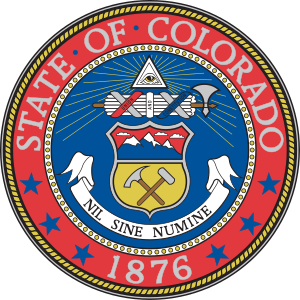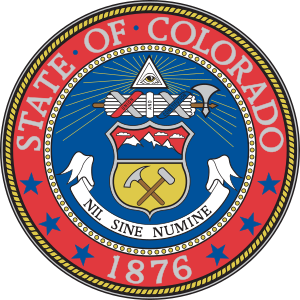Discover Your Roots
SIGN UPDiscover Your Roots
SIGN UPColorado is a gender-neutral name of Spanish origin that means "Red Colored." The name is derived from the Spanish adjective "colorado," which translates to "colored red" or "ruddy." It is associated with the state of Colorado in the Western United States, known for its stunning landscapes of mountains, forests, high plains, canyons, and rivers. The state is also rich in history, being inhabited by Native Americans and their ancestors for thousands of years. Colorado's diverse geography and complex climate make it a unique and captivating place. The name Colorado reflects the vibrant, colorful nature of the state and carries a sense of strength and beauty.

The Colorado House of Representatives serves as the lower house of the Colorado General Assembly, the state legislature of Colorado. Comprising 65 members elected from an equal number of constituent districts, each representing approximately 80 thousand people, representatives are elected to two-year terms and are limited to four consecutive terms in office. The House holds sessions at the State Capitol in Denver and is divided into 11 committees of reference, covering various areas such as agriculture, education, finance, and health. Notably, the first women to serve in the Colorado House of Representatives were Clara Cressingham, Carrie Holly, and Frances Klock, elected in 1895-1896. Carrie Holly made significant contributions, including passing a bill that raised the age of consent for girls from 16 to 18. Despite initial predictions, more women have since been elected to the House. For more information on the Colorado House of Representatives, including its current composition, leaders, and historical context, please refer to the State of Colorado's official resources and external links.

The Colorado State Senate, the upper house of the Colorado General Assembly, is composed of 35 members elected from single-member districts, each representing a population of about 123,000. Senators serve four-year terms and are limited to two consecutive terms in office. The Senate convenes at the State Capitol in Denver. The first meeting of the Colorado General Assembly occurred from November 1, 1876, through March 20, 1877, with Lafayette Head as the first state senate president. The lieutenant governor served as Senate President until 1974 when the Colorado Senate gained the right to elect its own president. The Senate has 35 members elected to staggered four-year terms, with half the chamber elected in the same year as gubernatorial elections. Regular sessions are held annually and last no more than 120 days. The state budget process involves the governor submitting a proposed budget to the Joint Budget Committee each year. The Colorado Senate plays a crucial role in the legislative process, with various powers and responsibilities, including the review of executive branch rules and the sunset review of state agencies and programs.

The Attorney General of the State of Colorado is the chief legal officer for the U.S. State of Colorado and the head of the Colorado Department of Law, a principal department of the Colorado state government. It is an elected position with a four-year term, and follows the same schedule as election of the governor. The incumbent Colorado Attorney General is Democrat Phil Weiser, who was elected in November 2018 to a four-year term that began on January 8, 2019. The Department of Law has seven sections: Appellate, Natural Resources and Environmental, Consumer Protection, State Services, Civil Litigation and Employment Law, Criminal Justice, Revenue & Utilities, and Business & Licensing. From 1873 to 1877 the Attorney General position was filled by the U.S. Attorney due to lack of funding by the territorial government. In 1876 Colorado was admitted to the Union as a State.


All images displayed on this page are sourced from Wikipedia or Wikimedia Commons.We use these images under their respective Creative Commons or public domain licenses. Wherever applicable, author attributions and license information are provided. If you believe an image is used incorrectly or outside its license terms, please contact us so that we can review and correct the issue.